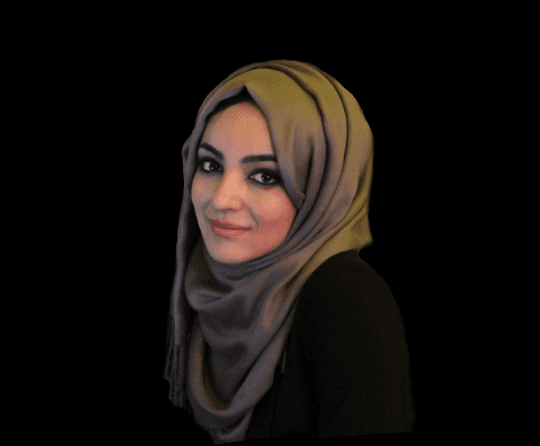At the heart of the Old City of Istanbul stands a genuine manifestation of the spirit of the marvellous place that has long bridged Europe and Asia, East and West. Hagia Sophia is a striking testimony to the tremendous histories of Islam and Orthodox Christianity.
The majestic church-turned-mosque-turned-museum-turned-mosque has stood the test of time and war for almost 1,500 years. It has survived centuries of conquest and served as the main religious building for two of history’s greatest empires: the Byzantines and the Ottomans.
![This picture taken on July 2, 2020 shows the Virgin Mary and child fresco and a calligraphic Roundels with Arabic letters bearing the name of Allah and other Muslim prophets hanging on the dome of the Hagia Sophia museum, in Istanbul, Turkey [OZAN KOSE/AFP/Getty Images]](https://i0.wp.com/www.middleeastmonitor.com/wp-content/uploads/2020/08/Hagia-Sophia-Turkey.jpg?resize=1200%2C800&ssl=1)
This picture taken on July 2, 2020 shows the Virgin Mary and child fresco and a calligraphic Roundels with Arabic letters bearing the name of Allah and other Muslim prophets hanging on the dome of the Hagia Sophia museum, in Istanbul, Turkey [OZAN KOSE/AFP/Getty Images]
With the Ottoman conquest of Constantinople in 1453, Sultan Mehmed the Conqueror proclaimed Hagia Sophia to be the new imperial mosque of the city which he renamed “Istanbul”. He established a charitable endowment to restore and preserve the monument, with a significant annual income of 14,000 gold pieces per year.
In marked contrast to the looting, desecration and damage that the building had suffered at the hands of western Christian crusaders during the Fourth Crusade in 1204, the Sultan ordered that the Christian interior of Hagia Sophia be preserved, and that new decorations be added to reflect its new Islamic identity. A wooden minaret, a tower used for the summons to prayer, was added to the exterior of the building, as well as a pulpit and a mihrab indicating the direction of Makkah. The original wooden minaret did not survive and a new minaret made from red brick was erected in its place at the southeast corner. The brick minaret can be seen today along with three others that were added over the next few centuries.

1800s St. Sophia Church in Constantinople Istanbul [Cushing/ClassicStock/Getty Images]
The interior is also laden with great columns taken from the Temple of Artemis, the Greek Goddess of the Hunt and the Moon. A unique column, dubbed the “crying column” or the “wishing column”, sits at the northwest of the building with a hole in the middle covered by bronze plates. The column is said to have supernatural healing powers. According to legend, it dampens when touched and the moisture cures many illnesses.
![A general view inside the Haghia Sofia (Aya Sofya) on February 23, 2012 in Istanbul, Turkey [Dan Kitwood/Getty Images]](https://i0.wp.com/www.middleeastmonitor.com/wp-content/uploads/2020/08/Haghia-Sofia.jpg?resize=1200%2C800&ssl=1)
A general view inside the Haghia Sofia (Aya Sofya) in Istanbul, Turkey on 23 February 2012 [Dan Kitwood/Getty Images]

Damaged and missing mosaics desecrated and looted during the Latin occupation in the Fourth Crusade [BULENT KILIC/AFP/Getty Images]

Gli the cat who has made Hagia Sophia her home in Istanbul, on 10 July 2020 [OZAN KOSE/AFP via Getty Images]
What was a jewel of the Byzantine Empire and revered as a symbol of the Ottoman conquest of Constantinople is now an icon of Turkish heritage and culture.
![The sun sets over Hagia Sophia mosque 23 November 2003 in Istanbul, Turkey [Scott Barbour/Getty Images]](https://i0.wp.com/www.middleeastmonitor.com/wp-content/uploads/2020/08/sun-sets-over-Hagia-Sophia-mosque.jpg?resize=1200%2C800&ssl=1)
The sun sets over Hagia Sophia mosque 23 November 2003 in Istanbul, Turkey [Scott Barbour/Getty Images]










